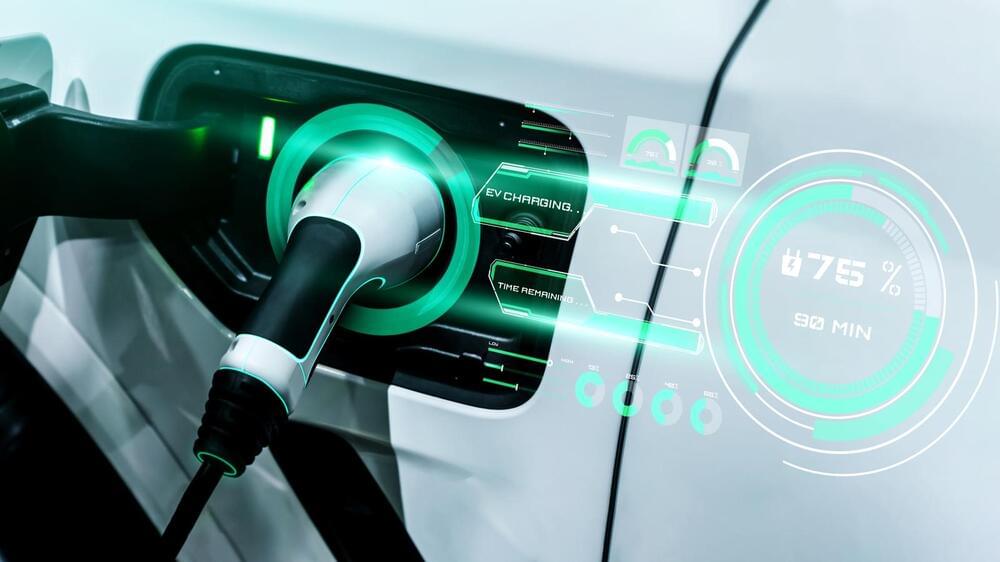While electric vehicles promise a green future, the batteries that power them don’t boast the same level of sustainability.
While driving electric vehicles is a step towards a greener future, the car batteries that power them are not as sustainable. Though the battery is at the heart of any EV, most are made from lithium-ion and have a limited lifespan that starts to degrade from the first time you charge them. So what happens when they reach capacity?
The cycle of charging and discharging causes them lose energy and power. The more charge cycles a battery goes through, the faster it will degrade. Once batteries reach 70 or 80% of their capacity, which happens around either 5 to 8 years or after 100,000 miles of driving, they have to be replaced, according to Science Direct.
Due to electric vehicles’ rising popularity, it goes without saying that their battery waste will become a major issue. Experts estimate that 12 million tons of batteries will be thrown away by 2030, The Guardian reported. The conundrum that manufacturers and consumers have is that although they can be recycled, there are not enough facilities to handle them. To date, there are only four lithium-ion recycling centers in the United States (via WCNC). However, this number must grow exponentially in the next few years as Industry experts predict there will be 85 million electric vehicles on the road by 2030 (via Science Direct).
